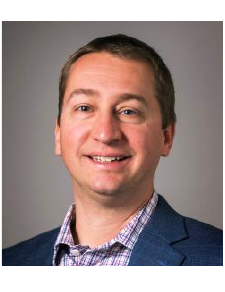Magnetic impurity doped monolayer transition metal dichalcogenides (TMDs) have been theoretically predicted to be above room temperature ferromagnets when doping/alloying levels are high (greater than 15% substitution of the transition metal). Due to their monolayer thickness, RT ferromagnetic TMDs could be useful in highly efficient memory devices as interface exchange and strain coupling scales as 1/t FM. Despite the theoretical predictions of robust ferromagnetism in Fe, V, and Mn-doped TMDs, an experimental realization has remained elusive and recent experimental works which report magnetic order in metal-doped TMDs have many inconsistencies in their reported properties. Using molecular beam epitaxy (MBE) to grow the V- and Fe-doped monolayer WSe2, combined with in-situ X-ray photoelectron spectroscopy (XPS), reflection high-energy electron diffraction (RHEED), plan-view transmission electron microscopy (TEM), X-ray diffraction (XRD), Raman spectroscopy, magnetoelectric transport measurements, and magnetometry, we show the importance of Se vacancies, dopant clustering, and phase separation on the magnetic properties in these films. In reviewing all of the literature reports of magnetism in doped WSe 2, we believe that our findings can explain all of discrepancies and that no room-temperature ferromagnetism has been reported that was not caused by high levels of Se vacancies. We will also discuss the use of machine learning to accelerate materials characterization in this system.

Prof. Christopher Hinkle is the Bettex Collegiate Chair Professor in the Department of Electrical Engineering at the University of Notre Dame. He received his Ph.D. degree in 2005 in physics from North Carolina State University. Dr. Hinkle's research focuses on the growth, characterization, and device performance for monolithic 3D integration including new semiconductors and interconnects. He has published over 120 peer-reviewed journal articles and given more than 60 invited talks.
